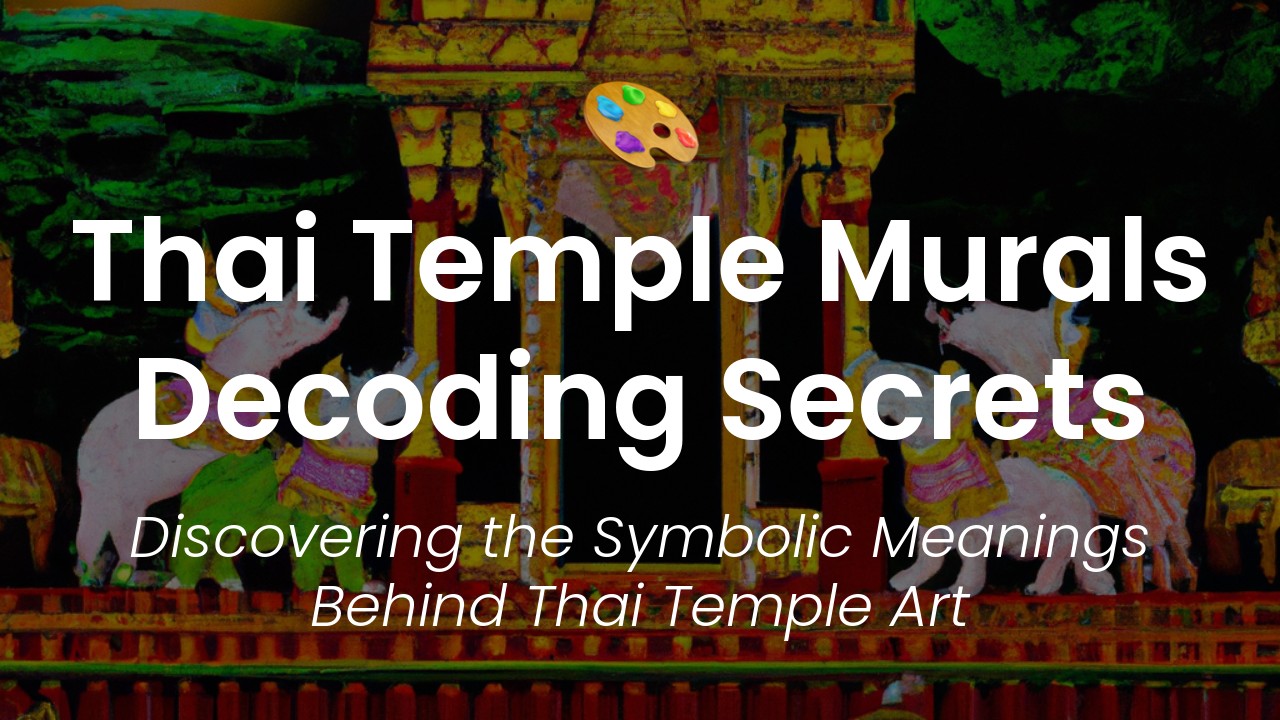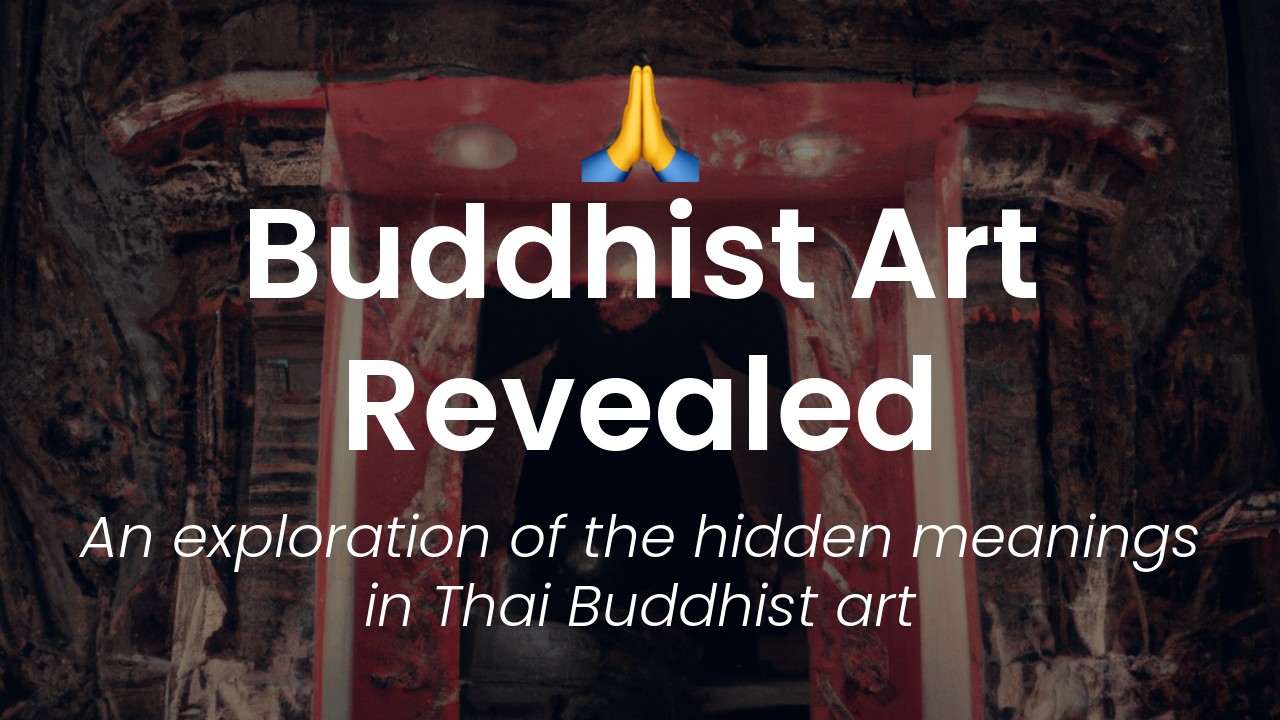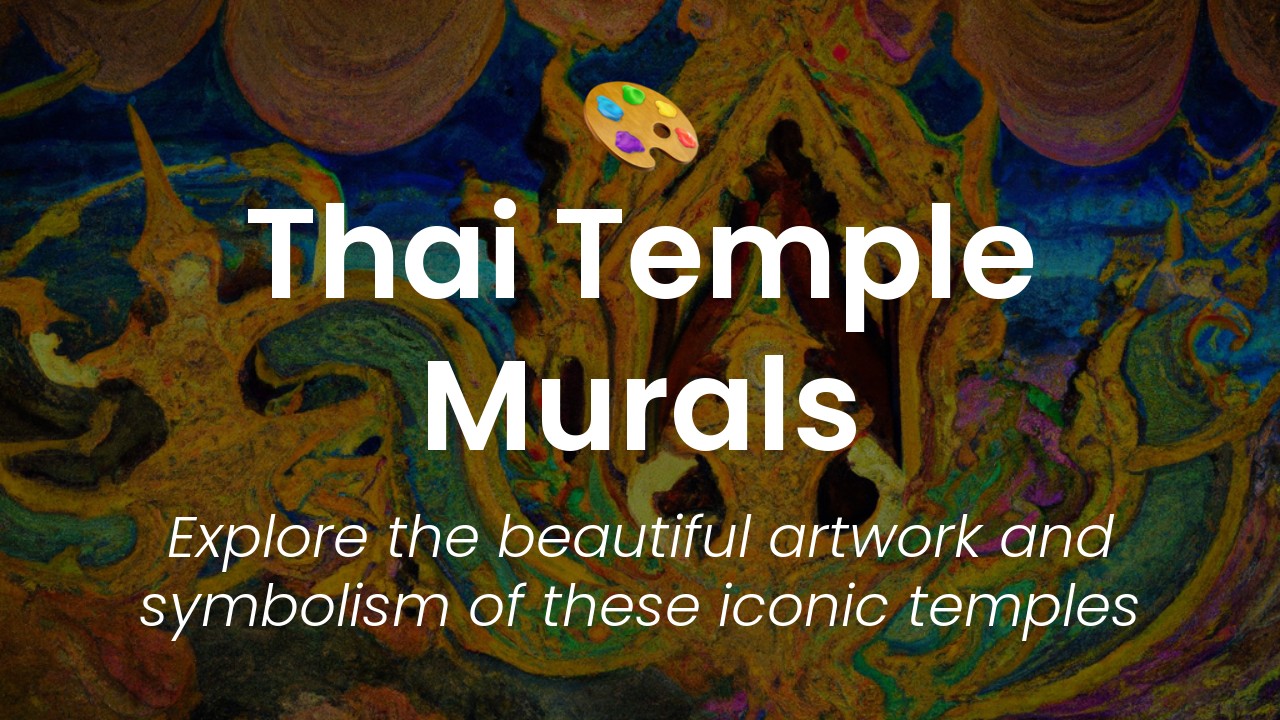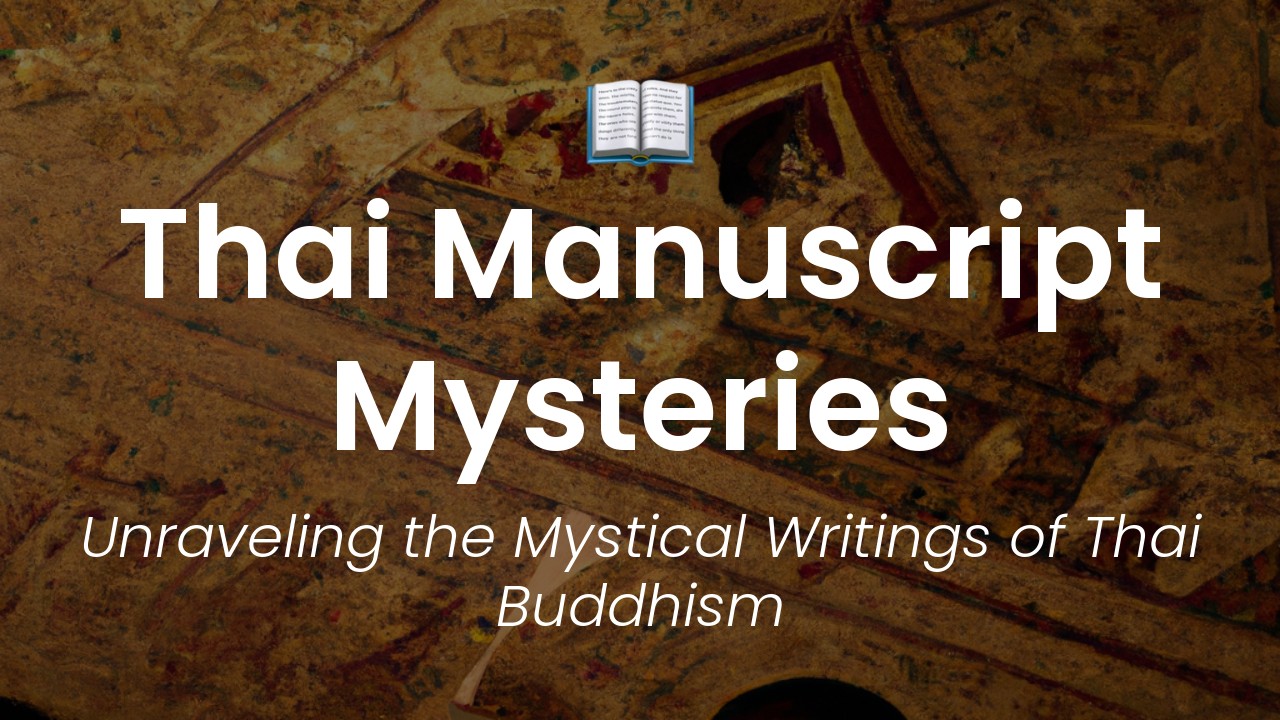As a proud Thai, I am always fascinated by the rich history and culture of our beautiful country. One of the most captivating aspects of Thai culture is the unique and intricate murals that adorn many of our temples. These works of art tell stories of Buddhism, mythology, and history, revealing the beliefs and customs of our people.
However, to fully appreciate these murals, it is important to understand the symbolism and hidden meanings behind them. Without this knowledge, their beauty and significance can easily be overlooked. In this blog post, I will delve into the world of Thai temple murals and share with you the fascinating stories and secrets they hold.
From the sweeping epics of the Ramakien, to the less familiar tales of Jatakas and Avadanas, Thai temple murals depict a vast array of mythological and historical events. The vibrant colors and intricate details of these murals often leave visitors in awe, but those who take the time to study them can uncover even greater appreciation and understanding.
So let's begin our journey together, as we unlock the hidden meanings of these remarkable works of art and connect with our cultural heritage.
Historical background of Thai temple murals
Thai temple murals have been an integral part of Thailand's cultural heritage for centuries. These stunning works of art can be found in Buddhist temples throughout the country, dating as far back as the 13th century. The murals were created by skilled artisans, who used natural pigments to paint intricate scenes on the walls of the temples. Over time, these murals have come to be known as one of Thailand's most important cultural treasures, providing a powerful insight into the country's history, religious beliefs, and artistic traditions.
Symbolism in Thai temple murals
One of the most fascinating aspects of Thai temple murals is the hidden meanings and symbolism behind them. Each element in the mural has a specific purpose and meaning, often intended to convey deeper philosophical or spiritual messages. Some of the most common symbols found in Thai temple murals include:
- Lotus flower: symbolizes purity and enlightenment.
- Naga: a serpent-like creature that represents
telepathic dragons and wealth. - Bodhi tree: symbolizes the spot where Buddha achieved enlightenment.
- Garuda: a mythical bird-like creature that represents virtue and power.
- Wheel of Dharma: symbolizes the teachings of Buddha.
These symbols are often depicted in intricate and detailed ways, with each stroke of the artist's brush carefully chosen to convey a specific meaning.
Common themes in Thai temple murals
While every Thai temple mural is unique, there are certain common themes that can be found throughout the country. One of the most popular themes is the life of Buddha, which is depicted through a series of scenes that show his birth, enlightenment, and death. Other common themes include the stories of legendary Thai kings, as well as scenes from daily life in rural Thailand. These themes are often used to illustrate important moral or philosophical messages, making the murals both beautiful and thought-provoking.
Depiction of Buddha in Thai temple murals
Buddha is a central figure in Thai temple murals, and his image can be found in various forms throughout the artwork. In some murals, he is depicted sitting cross-legged with his eyes closed, representing his meditative state. In others, he is portrayed in different postures or poses, each with its specific meaning. For example, the mudra or hand gesture used by the Buddha in some murals is intended to evoke a sense of compassion and protection for the viewer.
Interpretation of color in Thai temple murals
Color plays a crucial role in Thai temple murals. Each color has a specific meaning and is carefully chosen to convey a particular message. For example, gold is often used to represent the Buddha's enlightenment, while blue is used to symbolize the sky and water. Red is often used to represent passion and energy, while green is associated with nature and growth. By using color in such a deliberate and thoughtful way, the artists were able to create murals that are not just beautiful but also convey a powerful sense of meaning.
Secrets and mysteries behind some Thai temple murals
Some Thai temple murals hold secrets and mysteries that have yet to be fully understood. For example, some murals are said to contain hidden messages that only become visible under certain lighting conditions. Others are believed to have been created using techniques that are no longer understood or in use today. These secrets and mysteries only add to the allure of these stunning works of art, compelling visitors to search for deeper meaning in their intricate details.
Importance of preserving Thai temple murals
Preserving Thai temple murals is essential not only for their historical and cultural value but also for their beauty and significance as works of art. Many of these murals are centuries old and have survived natural disasters, wars, and other challenges, but their preservation requires ongoing care and attention. By preserving these murals, we can continue to see and appreciate the skill, artistry, and symbolism of Thai culture for generations to come.
In conclusion, Thai temple murals are more than just decorative artwork. They tell stories, convey meaning, and provide a glimpse into Thailand's rich cultural heritage. By unlocking the hidden meanings and symbolism behind these murals, we can gain a deeper appreciation for their significance and understand the importance of preserving them for future generations.





